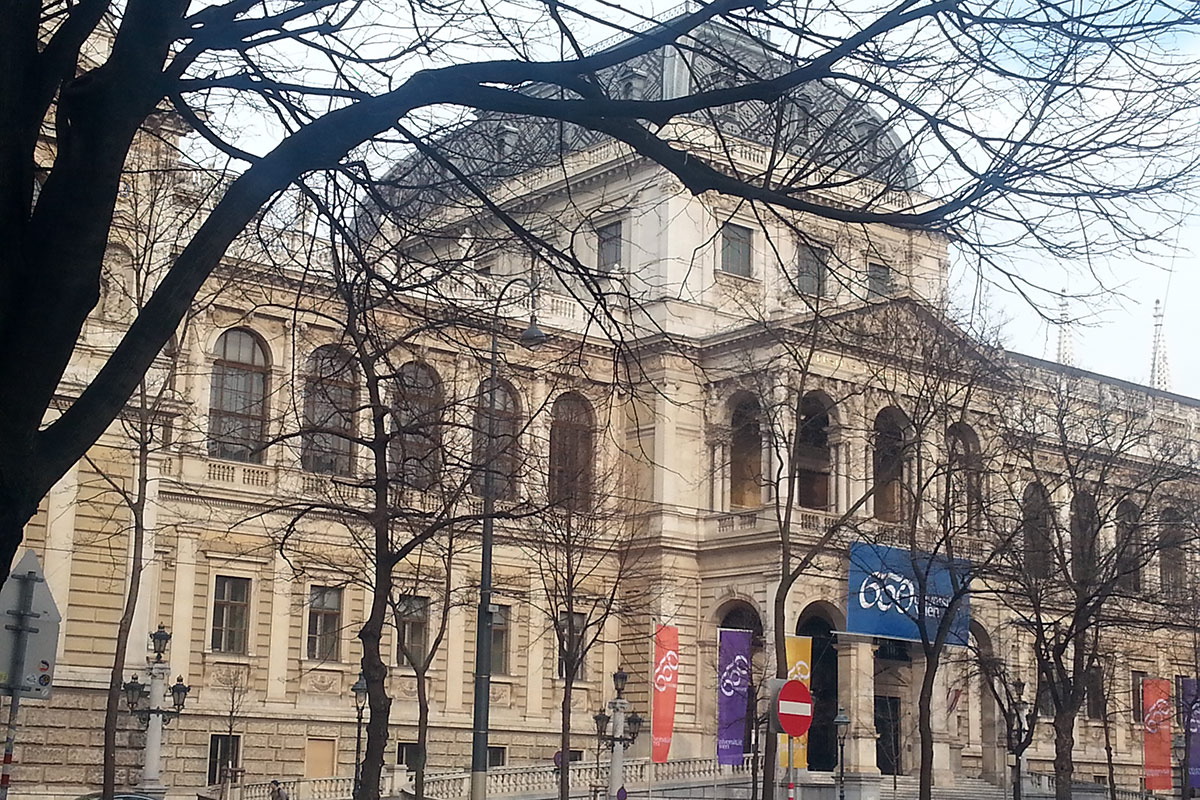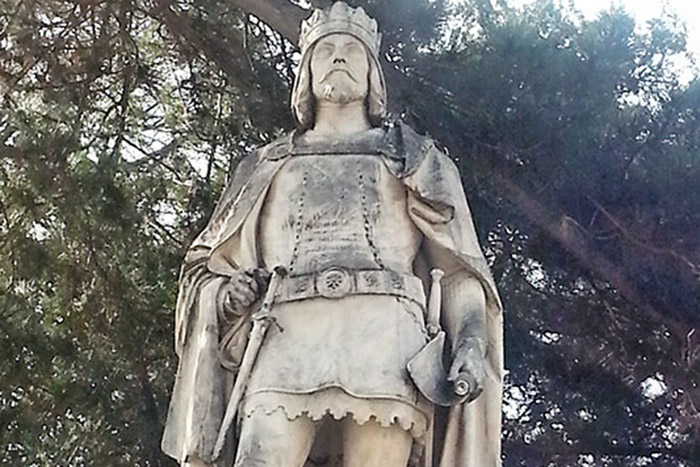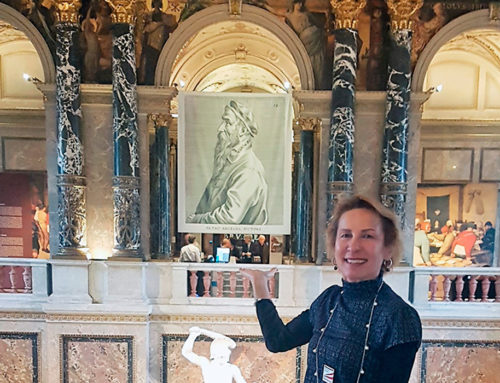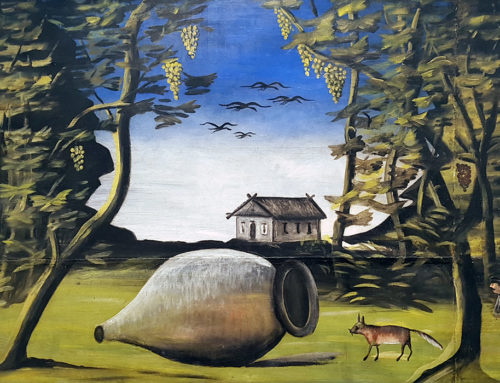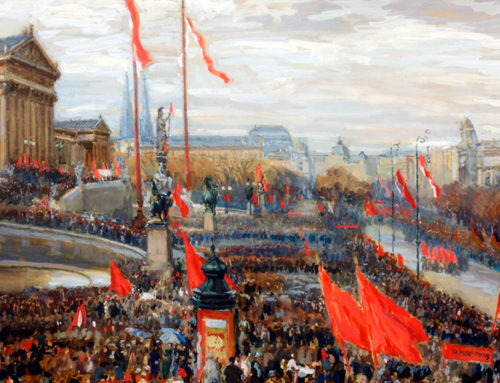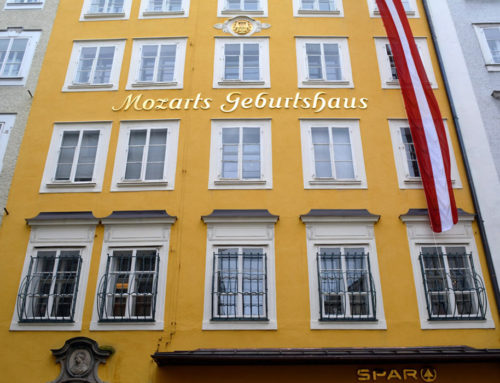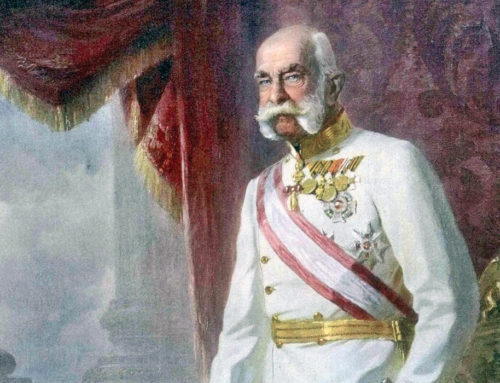In the 14th century Vienna, a walled city comprising of 20,000 inhabitants, is to be expanded by Rudolf IV to become the residential city of the Duchy of Vienna.
The Habsburgs had the Vienna St. Stephans’s Cathedral expanded and founded the University of Vienna, the “Alma Mater Rudolphina”, the second oldest German University. For this, Rudolph was given the epithet “the founder”. The founding of the university, a project of prestige, refers to the high rank of Duke Rudolf, who vied with his father-in-law Karl IV, the Roman-German Emperor of Luxembourg. Karl IV reigned in Prague and had founded the first German university there, seven years earlier.
Duke Rudolf IV, who was aware of the significance of the university passed away in its founding year, at only 26 years of age, and was buried in the St. Stephan’s Cathedral.
Considering the university today, with its 92,000 students, and one of the largest German universities in Europe, the university of that time, situated on the Ringstreet, was a long way to go.
After the final recognition of being a complete university, by Pope Urban V, in 1384, the Duke’s college and later the “Old University” in Vienna comprised of many buildings. In 1884, the new university, erected in the so called Ringstreet style was based in the Ringstreet.

650 years The University of Vienna
Источник: https://www.flickr.com/photos/univienna



